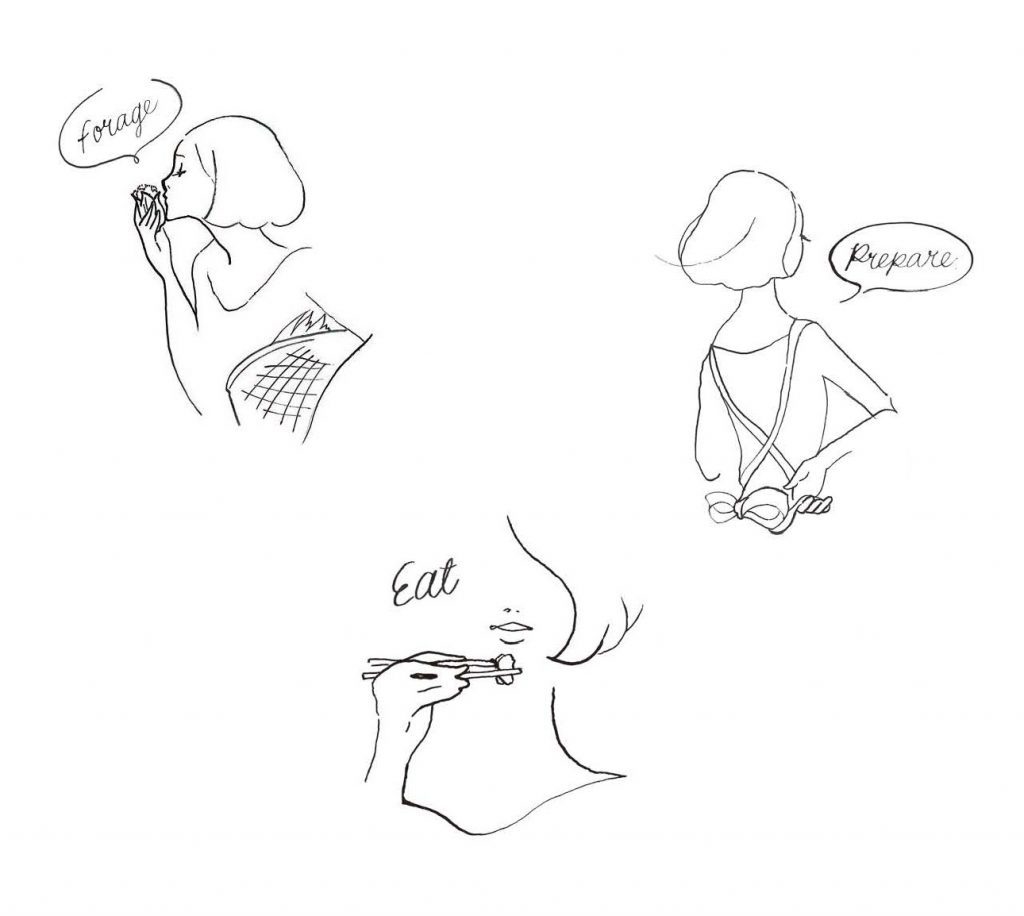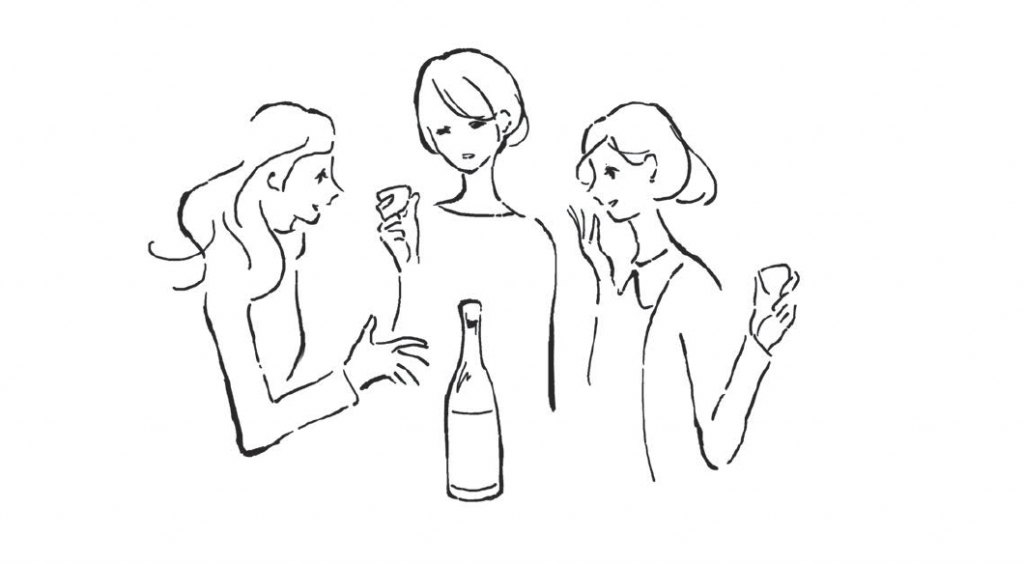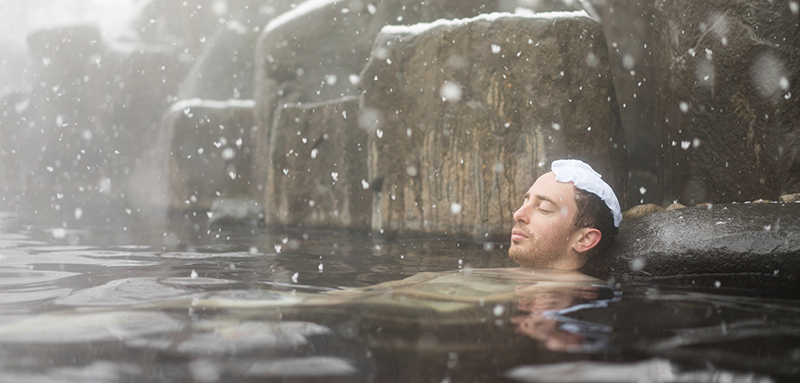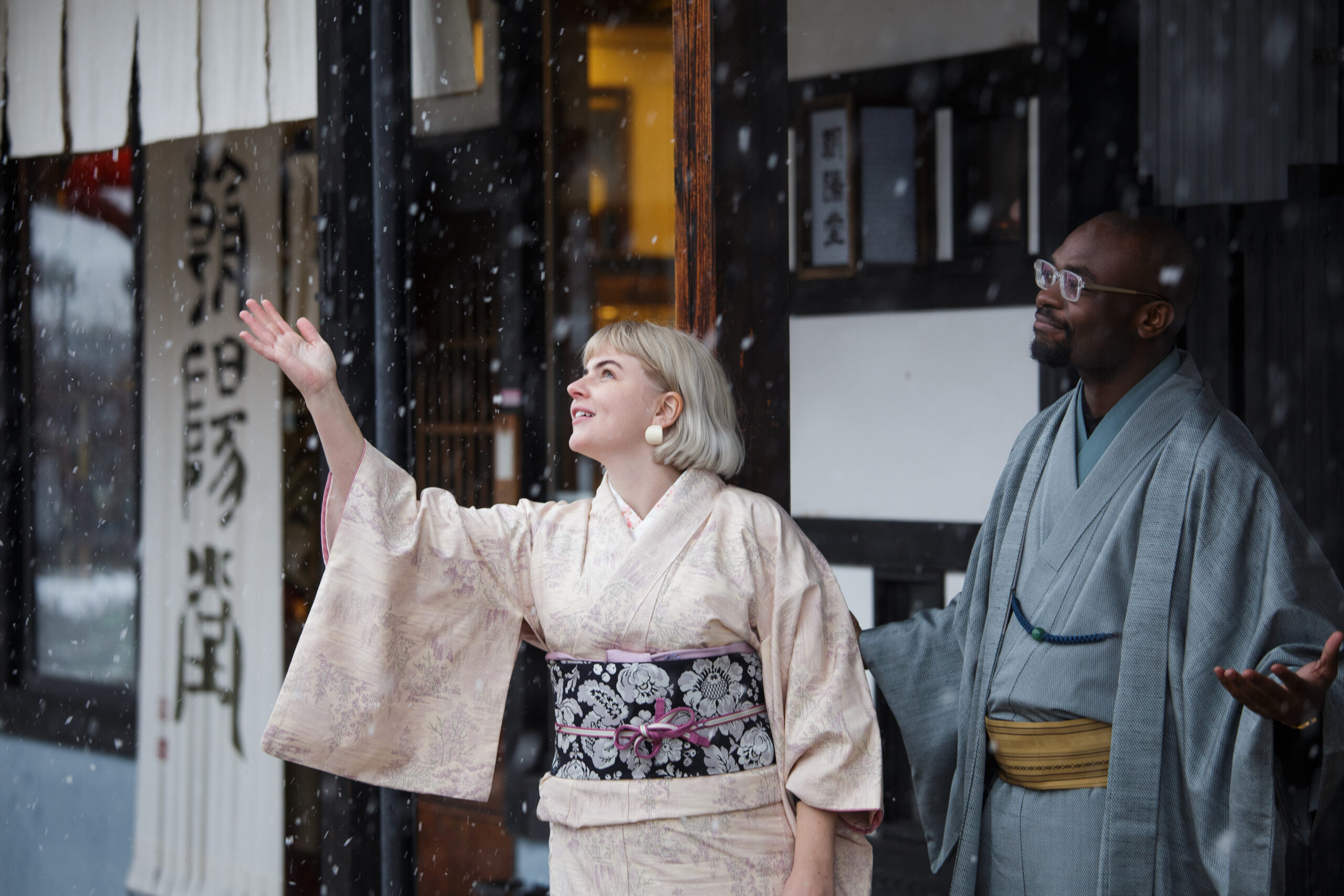Travel writer | Chizuru Asahina
She writes on the theme of travel as an extension of living, as well as working as an editor. She works on trips that bring her in to contact with culture, the nature at the destination, and the people working there.
A flavor-filled journey, connected to local life
Any journey with gastronomy as its central theme is alway full of surprises. It is not just about the eating, but picking, learning, preparing, and getting to the very heart of the flavors. It is a journey to encounter the very land that produced a particular ingredient. When someone shares an interesting experience via the kitchen or the table, you take something away with you. As a result of that experience at that precise location the world that the traveller sees becomes deeper and richer. That process is gastronomy tourism.

What is “gastronomy”? If you are a foodie interested in restaurant information, or who enjoys browsing food websites or magazines, it is probably a word that frequently appears. It is cuisine that considers the relationship between the area’s culture and food, and the chemistry of how food combines in the pursuit of flavors…..it’s complicated. Organic and fairtrade, the environment where the ingredients were produced as well as its social impact, and other factors all have to be considered. Looking at the dictionary gives, “Gastronomy – food science that also takes into account the culinary style of a particular area.” From the standpoint of people who travel a great deal, something like “the art of food of a particular place and its specific food culture” is a definition I think would resonate when the word gastronomy comes up.
In the slow food movement which hails from Italy a connoisseur of good food is known as a gastronome. According to a book that I read, this meaning describes someone who imagines the culture and circumstances of the ingredients and their history, and thinks about how it affects life. Having read that, it all started to make sense. Is gastronomy not a circulation of knowledge between the climate and ingredients, the producer, the chef, and the consumer? Eating a single mouthful with so many different factors, you tongue is able to discern that this is the real thing. The food that is part of this cycle promises so much more than everyday life. With that said, let’s head out on a journey to find gastronomy.
Choosing A Restaurant At Your Destination
For a long time now we have been able to search “Place name, dinner, delicious” and easily find information about highly regarded restaurant. You are swamped by reviews, social media tags, and location information.
Sometimes you might come across some harsh words about a place which is always interesting, and then discover a new restaurant to enjoy that way too.
However while on your travels it is a waste to leave your search for a restaurant that will stimulate your five sense to the recommenda-tions of other people. What I can rely on is my foodie sense, intuition, and a bit of luck. From the start of the search to finding what I am looking can take about an hour, but this is all part of the enjoyment.
If on the first day of a trip I book in at a popular restaurant and try the local cuisine, I want my taste buds and stomach to communicate, so that by the end of the trip I still have the impres-sions of what I ate. If I can achieve that, my ability to choose good restaurants is height-ened, and becomes a motivation for me to continue travelling.

I think that if you are the kind of person that has a usual hangout, inside you there is some kind of guideline that helps you choose what you like in a restaurant. For someone like me who likes to cook at home, my guidelines for choosing a restaurant tend to be the ingredients. What kind of local ingredients are being used? How are they purchasing it? Are they meticulous about the seasonings? What kind of drinks are on the wine or sake lists? I am trying to decipher questions like these as I pore over the menu while enjoying my pre-meal drink. Sometimes I’ll ask questions of the wait staff, or talk to the chef if I am seated at the counter. If you are somebody who loves food, it is probably at the moment that you see the menu that you will know if you have picked a winner. If you like restaurants you might also be interested in the chef’s resume. A while back, completely by chance, I ended up going to a restaurant of a chef who had just left a famous restaurant to set up on his own, and it felt a little like taking a risk. Before the meal there is that feeling of exhilara-tion, especially if it turns out to be a good restaurant.
Having said that, because you are deciding on a restaurant before you eat, first you need to fine tune your senses by going for a walk. Does the restaurant have a sense of beauty? Do most of the cars in the car park have local number plates? If this is a place that locals like to use when they go out then it is so much the better. It is a universal truth that a restaurant loved by locals is never a bad choice. If you have had a walk around the restaurant before your arrival you’ll find your first drink all the more tasty too.
However, one problem is that more often than not, if you don’t have a reservation at these restaurants you can’t get in. As much as possible you want to come across these in the first part of your trip, but often you are out of luck. If that is the case you make the promise to definitely eat there next time you are in the area, and then count the days until your next trip. Actually this has happened several times, and I can recall these episodes. And this is the reason why I can’t stop picking restaurants when I am at the destination.
The Key To Connecting With Food Is Right There
When I go travelling I want to eat food that lets me feel the spirit of the area. This is because that even if the same ingredients are used, there are variations in flavor or the way of eating depending on each region, and even each household.
“This is a little different to what I tried before…”
When this kind of realisation occurs it seems that the tongue and the mind are able to remember the slight differences in the foods.

Take for example mackerel. Imagine that you have eaten some tasty mackerel sushi in Kyoto. Still with good recollections of this, heading off for your next trip from Haneda Airport you buy some Fukui-style grilled mackerel sushi to eat on the plane. You unwrap it from the packaging and what you see inside is very different from the Kyoto version, but the aroma of grilled mackerel gets your mouth watering, and before you know it, the sushi is all finished. Your tasty mackerel sushi experience could finish there, but then there is also the battera sushi from Osaka, and varieties from other areas that pique your interest, and soon you find yourself searching out mackerel sushi to try. This is possibly what is meant by really getting into something.
Having heard at a mackerel sushi shop that it is the sushi that has been left until the next day, rather than the freshly made version, that is more flavorful, you leave half a portion (even though you would love to consume the whole thing) in order to compare them. On the following day you find that it actually is tastier, as if the flavors have increased. It was because of learning about this other side of mackerel sushi using preserved rice and mackerel, that I developed an interest in the way that the ingredients combine, as well as the effects of fermentation, and so started to do some research. Originally caught in Wakasa Bay in Fukui, the mackerel were salt pickled to make them last, and then made the journey to Kyoto. This is all related to the origins of mackerel sushi. Fukui and Kyoto are linked by this system which came out of the knowledge of everyday life about how to transport fish from the Sea of Japan to Kyoto in the times before refrigeration. With this sushi using rice and fish subjected to lactic acid fermentation as a model, the pickled sushi known as narezushi came about. Speaking of narezushi, you can’t forget funasushi from Saga Prefecture which is along the route the mackerel travelled. So it was that I found myself in a restaurant on the side of Lake Biwa to eat funasushi.
It was an interesting experience having a thought about food like “Mmm? That’s a little different.” and then finding yourself drawn to a place you had never imagined. A single piece of mackerel sushi opened up an interest in the history of sushi and different regions. It may be a bit of an extreme example, but it illustrates how consuming a tasty treat can lead to an interest in food culture, and if you deepen your thinking about food it can lead you to learn more about the hidden aspects of the flavors, and also possibly on journeys of discovery.
In the place of mackerel sushi why not substitute other foods that you can eat around the country such as curry, dumplings, wine, rice, and sake, to name but a few?
The Terroir Of The Destination In The Local Sake
When you say “Jizake” (literally local alcohol in Japanese) the first thing that comes to mind is sake, but with grapes being grown and fermented all over Japan that local alcohol could also be wine.
In the world of wine there is an often used word “terroir” which has its roots in the French word for earth, “terre”. It is a word that suggests the natural environment that affects a wine and so is very similar to the “local” part of the Japanese expression about local alcohol. If you get the opportunity to try a bottle at your destination that captures the essence of the local terroir it is simply the best. For those that love a drink, to try a great local tipple is reason in itself to travel.
For wine, head to a winery and in spring to summer you can see the grapes on the vine as they ripen in the vineyards, while in autumn you can witness the harvest celebrations. When it comes to sake, in winter you can watch as they make it, and in the cellars savor the aroma of sake brewing, while in spring you have the anticipation of the new season’s sake. Sake teaches us what it is to wait as we pass the time until the next season.

There are lots of places that have small brewer-ies making local sake that you can only drink at their source. If you find something that you really like, that is one of the moments of good fortune when travelling. Definitely buy some to take home to drink with your friends and family. The joy of having a bottle in the centre of the table of something that you bought on your travels while you talk about your trip is obvious. There are times when you have some premium sakes ready to drink. A treasured bottle that holds the power to communicate the terroir of a place in a single mouthful has more descriptive power than the written word. It transfers to the liquid a taste of that area: the smell of the earth as you walk through the forest, the dazzling green of the rice fields, the moisture-laden air, or a gentle breeze.With a bottle like that, I want to let someone else drink it too, so end up buying several bottles to take home, and am always amazed by the weight of my luggage on the return trip.
When I visited Noshiro City in Akita Prefecture I met the owner of a specialist sake shop who, brimming with personal explanations, was our guide into the world of sake. He was fully versed in everything to do with the brewery as only a frequent visitor to them could be, includ-ing the nature around the brewery, the sake rice, the yeast, the methods of production, the situation of the brewery, and the the state of the owner, and as expected, I became fully drawn in by his tales. Ever since, every New Year I drink sake from that same brewery, and if I think back, it is all due to that tour introducing the world of that local drink. It was through the passionate explanations of the shop owner that us consumers could feel the tensions that existed for the producers, and perhaps it estab-lished a level of trust.
The memories of your travels are like local sake: you can share with someone when fresh, or you can lay aside to mature for several years. Like a treasured bottle of that sake, a single mouthful can bring that terroir back to life, and possibly remind you of that expansive sensation of travelling.
Things To Do
Gastronomy tours in Japan’s YUKIGUNI
Take a gastronomy tour to experience the blessings of the area with all five senses.
YUKIGUNI prepares for winter from spring to autumn because of its snowy and long winters. As a result of this, a rich knowledge of preservation, including fermented food, has been accumulated. YUKIGUNI Gastronomy Tours are an opportunity to immerse yourself in the unique food culture that emerges from this. YUKIGUNI is also famous for its sake, thanks to the abundance of pure water from the melting snow.



